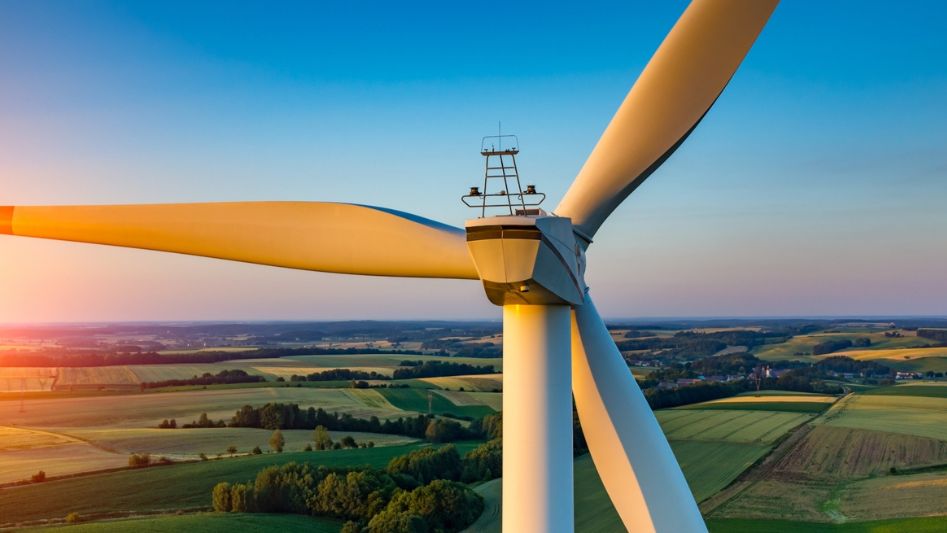Over the last 14 years, green bond have become an important tool to address the impacts of climate change and related challenges and can be a solution to these issues.
Table Of Content
As has been well documented, the fight against climate change and the transition away from carbon-based fuels are both costly activities for both businesses and governments. It is quite possible that the amount of expenditure that will be necessary to fulfill the many different net zero targets will reach well into the tens of trillions of dollars over the course of many decades. These are substantial numbers, and the projections make it clear that debt issuance has to be a component of the overall strategy if they are to be believed. All of that significant investment may bode well for the VanEck Green Bond ETF (GRNB), which is the pioneering exchange-traded fund (ETF) focused on green bonds and continues to be the most dominant brand in this space.

Green bonds are a special kind of bond that is issued expressly for the purpose of financing ecologically beneficial or climate-driven initiatives. Examples of such projects include wind farms and solar farms. Because firms and governments both issue green debt, GRNB offers investors a unique issuer mix that is not often available in ordinary bond funds. This contributes to the fund’s appeal over the long run and makes it more competitive relative to other bond funds. The issue of green bonds on a massive scale is a goal that China, along with a few other nations, has made a strong commitment to.
According to a study by Bloomberg, “China has developed one of the world’s largest green bond markets in less than a decade,” and this market has more potential than any other to shift the trajectory of climate change. “A research by Bloomberg indicates substantial gaps in disclosure and openness, despite the fact that the Communist Party of China has made the green bond market a crucial component in its efforts to reduce emissions in the world’s largest polluter.”
GRNB is an exchange-traded fund that tracks the S&P Green Bond U.S. Dollar Select Index and devotes 10.31% of its portfolio to green bonds issued in China. This places China as the ETF’s second-largest regional exposure, behind only the United States. There is presently $300 billion worth of green debt outstanding in China, a number that many industry experts anticipate will continue to rise over time given the country’s significant need for green funding.
Another advantage of using GRNB is that it is transparent. Green bonds are still relatively new ideas in the larger fixed income market. In order for global investors to acquire a better hold on precisely what comprises green bonds, greater issuer openness is required. The example of China illustrates why openness is so critically important in this particular segment of the bond market.

Eight of the ten largest green bonds that have been issued by Chinese firms do not disclose particular specifics about the projects that they want to fund. A portion of the money received from the bond sale will go toward paying off obligations that were accrued many years ago. According to Bloomberg, “others are earmarked for activities with reasonable, though hard-to-pinpoint, environmental advantages.”
It would be in China’s best interest to improve their green bond disclosure game since, according to some estimates, the government may issue as much as $18 trillion in green debt over the course of the next few decades.
Conclusion
Even if the amount issued is at a level that has never been seen before, this is just the beginning. When the size of the conventional bond market, which is approximately 128 trillion dollars, is taken into consideration, the predicted growth trajectory for green bonds is significant. Many people believe that the greatest obstacle that mankind has ever faced is climate change. The green bond market has the potential to become a multi-trillion dollar industry within the next decade, which would provide society with the tools that are sorely needed to address the rapidly changing global environment.

FAQ
What are the positive aspects of purchasing green bonds?
Having said that, green bonds could come with enticing tax benefits, depending on the issuer and the region, such as a complete exemption from taxes or tax credits. This is done in order to entice investors to provide funding for initiatives that will be beneficial to the environment and/or climate.
What’s the difference between green bonds and climate bonds?
Green bonds are a larger category of financial instruments that are tied to projects that have a beneficial influence on the environment, while climate bonds are a subcategory of green bonds that explicitly fund projects that cut carbon emissions or relieve the consequences of climate change.
Why are green bonds considered to be of such critical importance, and what kind of change are they making to the global financial system?
Green bonds are an important new development because they are a financial innovation that was created to make sustainable investing easier for institutional investors like pension funds, insurance companies, mutual funds, and sovereign wealth funds. This makes green bonds a very significant step forward.
You May Also Like
- WHY WE STILL NEED INNOVATION IN GREEN ENERGY TECH?
- COULD WASTE-TO-ENERGY BE THE GREEN SOLUTIONS FOR EMERGING MARKETS?
- RENEWABLE ENERGY: THE FACTS OF THIS GREEN REVOLUTION
- WHAT IS BLOCKING THE TRANSITION TO GREEN ENERGY?
- RENEWABLE ENERGY INVESTMENTS: WHAT IS DRIVING GREEN CAPITALS?
